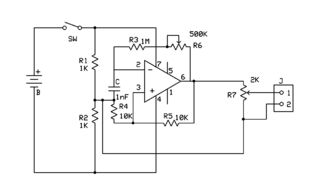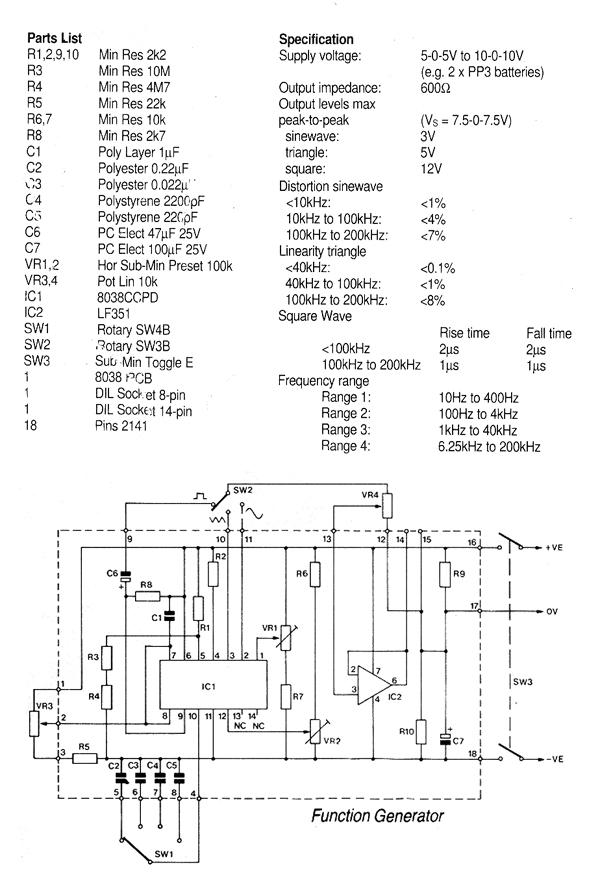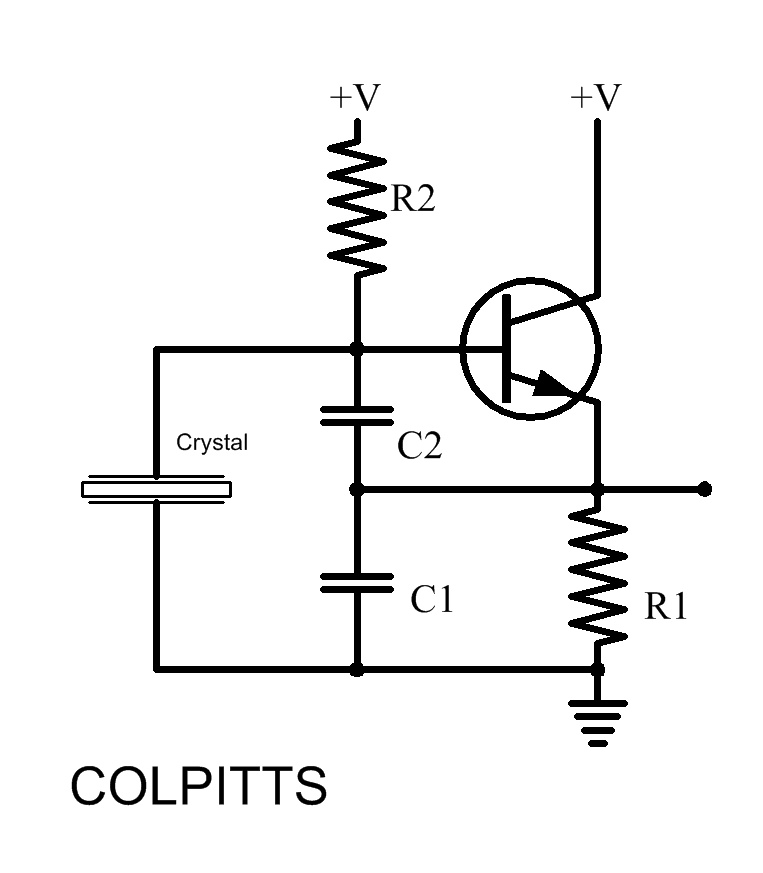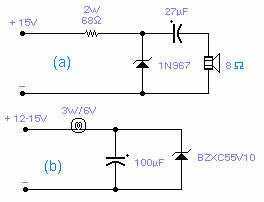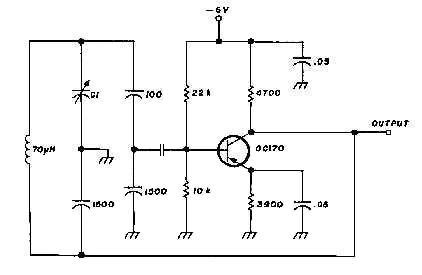
Pulsed LC Oscillator
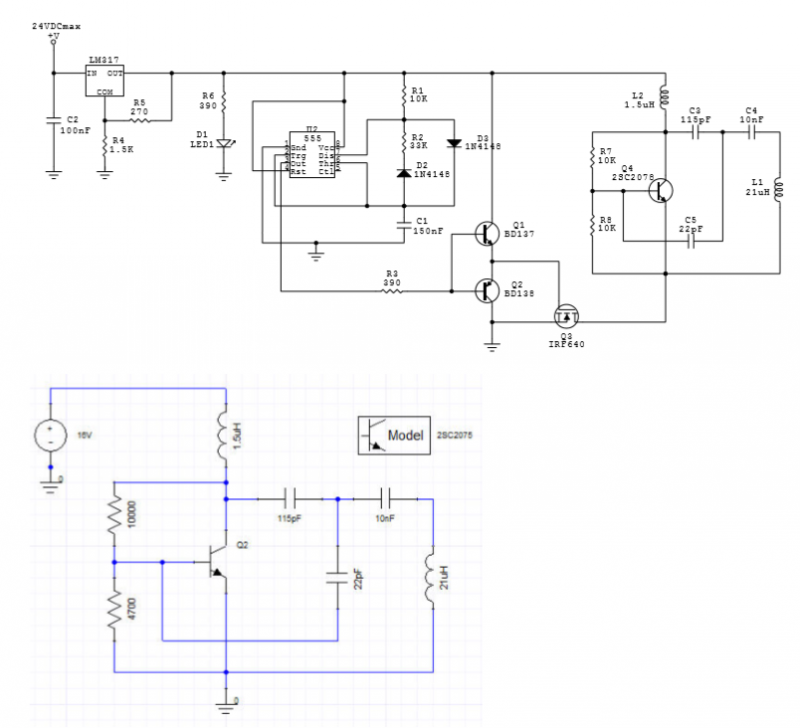
An LC oscillator is driven by pulses generated by a 555 IC-based oscillator. The LC oscillator is constructed around a 2SC2078 transistor. The circuit diagram is illustrated in Fig. 1, along with an Ansoft Designer simulation. The measured and simulated resonance frequencies are 2.74 MHz and 2.92 MHz, respectively. Fig. 2 presents a photo of the circuit, where the larger coil is designated as L2. When supplied with 24V DC, the peak-to-peak voltage across L2 reaches approximately 800V. Fig. 3 depicts the pulsed operation and the waveform corresponding to each pulse, with an oscillation frequency of 2.74 MHz.
The LC oscillator circuit leverages the properties of inductors and capacitors to produce oscillations at a specific frequency determined by the LC tank circuit. In this configuration, the 555 timer IC operates in astable mode, generating a series of square wave pulses that drive the 2SC2078 transistor. This transistor acts as a switching element, allowing the LC circuit to resonate at its natural frequency.
The resonance frequency of the LC circuit can be calculated using the formula:
\[ f = \frac{1}{2\pi\sqrt{LC}} \]
where \( L \) is the inductance of the coil and \( C \) is the capacitance in the circuit. The measured resonance frequency of 2.74 MHz indicates that the values of inductance and capacitance are appropriately selected to achieve this frequency. The slight difference between the measured and simulated resonance frequencies (2.74 MHz vs. 2.92 MHz) may be attributed to component tolerances, parasitic capacitances, and inductances that are not accounted for in the simulation.
The circuit's operation at 24V DC allows for significant voltage amplification across the coil L2, achieving a peak-to-peak voltage of approximately 800V. This high voltage is indicative of the energy stored in the magnetic field of the inductor during oscillation. The waveform observed in Fig. 3 illustrates the pulsed nature of the output, providing insights into the timing and characteristics of the oscillation, which is crucial for applications requiring precise frequency control.
Overall, this LC oscillator circuit demonstrates effective pulse generation and resonance characteristics, making it suitable for various electronic applications, including RF transmission and signal generation.An LC oscillator is driven by pulses which are generated by a 555 IC based oscillator. LC oscillator is built around 2SC2078. The circuit is shown in Fig. 1. The circuit and the Ansoft Designer simulation. Measured and simulated resonance frequencies are 2.74 MHz and 2.92 MHz, respectively.
The LC oscillator circuit leverages the properties of inductors and capacitors to produce oscillations at a specific frequency determined by the LC tank circuit. In this configuration, the 555 timer IC operates in astable mode, generating a series of square wave pulses that drive the 2SC2078 transistor. This transistor acts as a switching element, allowing the LC circuit to resonate at its natural frequency.
The resonance frequency of the LC circuit can be calculated using the formula:
\[ f = \frac{1}{2\pi\sqrt{LC}} \]
where \( L \) is the inductance of the coil and \( C \) is the capacitance in the circuit. The measured resonance frequency of 2.74 MHz indicates that the values of inductance and capacitance are appropriately selected to achieve this frequency. The slight difference between the measured and simulated resonance frequencies (2.74 MHz vs. 2.92 MHz) may be attributed to component tolerances, parasitic capacitances, and inductances that are not accounted for in the simulation.
The circuit's operation at 24V DC allows for significant voltage amplification across the coil L2, achieving a peak-to-peak voltage of approximately 800V. This high voltage is indicative of the energy stored in the magnetic field of the inductor during oscillation. The waveform observed in Fig. 3 illustrates the pulsed nature of the output, providing insights into the timing and characteristics of the oscillation, which is crucial for applications requiring precise frequency control.
Overall, this LC oscillator circuit demonstrates effective pulse generation and resonance characteristics, making it suitable for various electronic applications, including RF transmission and signal generation.An LC oscillator is driven by pulses which are generated by a 555 IC based oscillator. LC oscillator is built around 2SC2078. The circuit is shown in Fig. 1. The circuit and the Ansoft Designer simulation. Measured and simulated resonance frequencies are 2.74 MHz and 2.92 MHz, respectively.
Fig. 2. Photo of the circuit. Larger coil is L2. When the circuit is fed by 24VDC, peak-to-peak voltage across L2 is about 800V. Fig. 3. Pulsed operation and the waveform in each pulse. Oscillation frequency is 2.74 MHz . By 4beowulf7 - [email protected]
🔗 External reference
